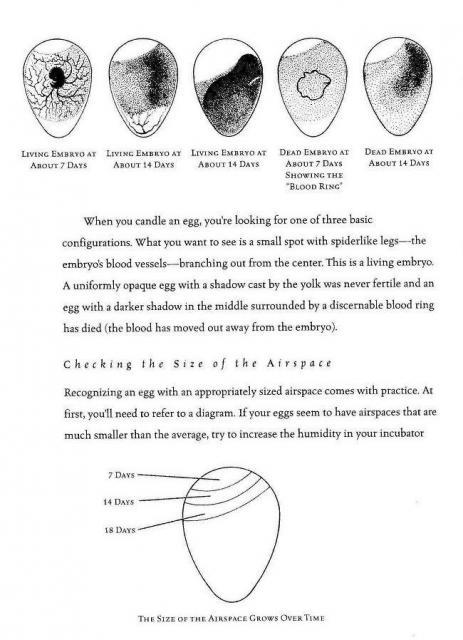- Thread starter
- #11
Quote:
Thank you for responding! I really would like to understand this better.
They are all on the same food - and it is a premium layer ration, free choice. The sex links are higher in the flock than the EEs so they eat when they want. The sex links are a year older than the EEs. One thing I have noticed with the sex links, they don't seem to quit laying for anything. They are like egg laying machines. I have one literally half bald because of moulting. The new feathers are coming in VERY slowly - and she doesn't miss a day of laying. She looks like a battery hen! Rough. My Barred Rock hen has been on moulting holidays for about 6 weeks now - and sports a lovely new crop of feathers. I've noticed that the EEs also quit laying whenever there are feathers to be grown. The whole flock gets yogurt daily as well. Free-ranging here might be a bit of an issue because I have a couple of wild bird feeders. The favourite spot of all the hens is under those feeders. No doubt that seed throws their numbers off.
The other thing I have noticed about my sex link eggs - doesn't matter how old I let them get - when hard boiled those light brown shells still won't peel off clean. Whereas the EE eggs and my BR eggs peel when hard boiled as long as they are a few days old. I don't even bother hard boiling my sex link eggs now.
Thank you for responding! I really would like to understand this better.
They are all on the same food - and it is a premium layer ration, free choice. The sex links are higher in the flock than the EEs so they eat when they want. The sex links are a year older than the EEs. One thing I have noticed with the sex links, they don't seem to quit laying for anything. They are like egg laying machines. I have one literally half bald because of moulting. The new feathers are coming in VERY slowly - and she doesn't miss a day of laying. She looks like a battery hen! Rough. My Barred Rock hen has been on moulting holidays for about 6 weeks now - and sports a lovely new crop of feathers. I've noticed that the EEs also quit laying whenever there are feathers to be grown. The whole flock gets yogurt daily as well. Free-ranging here might be a bit of an issue because I have a couple of wild bird feeders. The favourite spot of all the hens is under those feeders. No doubt that seed throws their numbers off.
The other thing I have noticed about my sex link eggs - doesn't matter how old I let them get - when hard boiled those light brown shells still won't peel off clean. Whereas the EE eggs and my BR eggs peel when hard boiled as long as they are a few days old. I don't even bother hard boiling my sex link eggs now.


